By Michael (Mike) Martini, Director of Urban and Community Forestry for the U.S. at the Sustainable Forestry Initiative
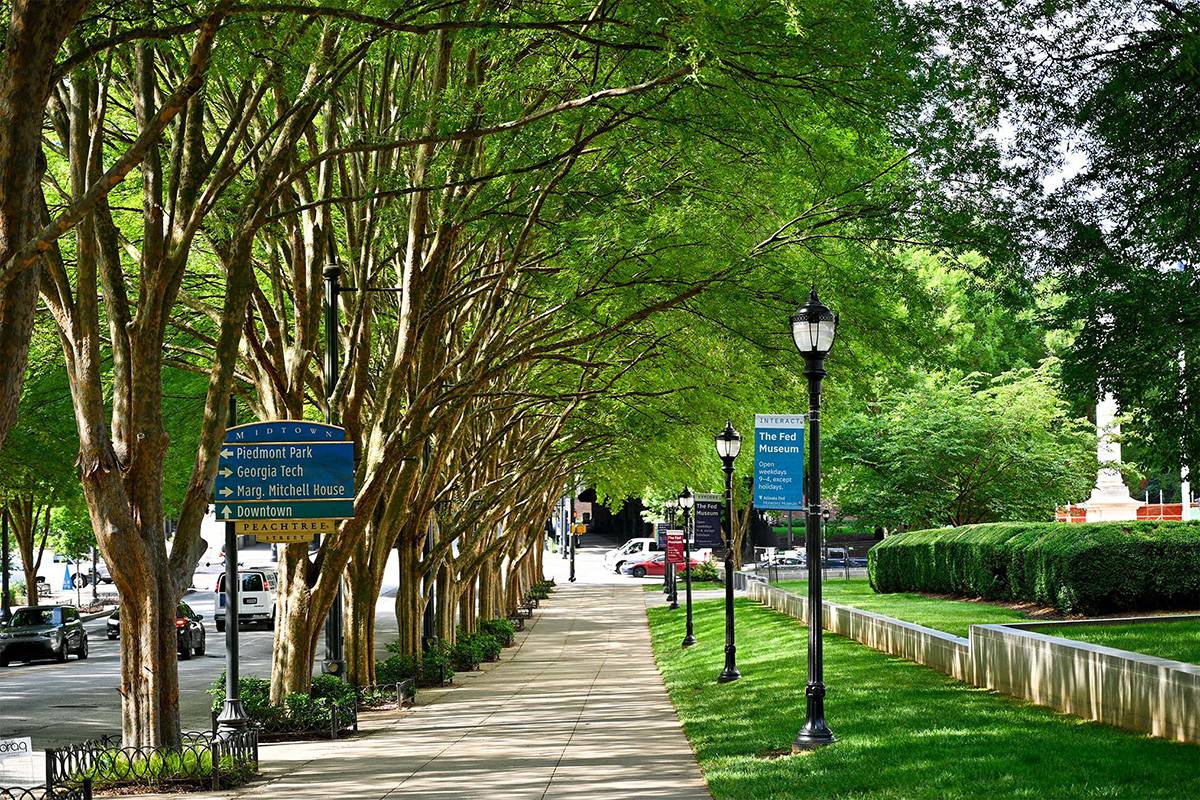
As the world grapples with the escalating effects of climate change, cities are bearing the brunt of an increasingly dire challenge: extreme heat. The combination of dense urban development and a lack of natural vegetation has created what is known as the urban heat island effect, causing cities to be significantly warmer than their rural counterparts. This excess heat not only makes cities uncomfortable but also poses serious health risks, particularly during intense heat waves.
The statistics are alarming. The US National Oceanic and Atmospheric Administration (NOAA) reported that 2023 was the warmest year on record, recognizing many significant climate events. Heat is now the leading cause of weather-related illnesses and deaths in the United States, disproportionately affecting dense urban environments.
Extreme urban heat is not shared equally across neighborhoods and communities. Neighborhoods with a majority of People of Color have 33% less tree canopy on average across the United States. This disproportionate lack of tree cover has dangerous consequences as the urban heat island effect intensifies with climate change, increasing temperatures by as much as 22 degrees when compared to shaded parts of the same city. This inequality not only raises temperatures but also denies residents the health benefits of urban greenery, including reduced rates of asthma and improved mental health. For healthcare facilities, this means an increased burden on already strained resources.
However, amidst this daunting reality, a natural solution emerges–one that has been around for centuries and holds the power to transform our cities into cooler, healthier, and more livable spaces: urban forests managed sustainably for community benefit.
Urban Forests: The Natural Way to Stay Cool and Healthy
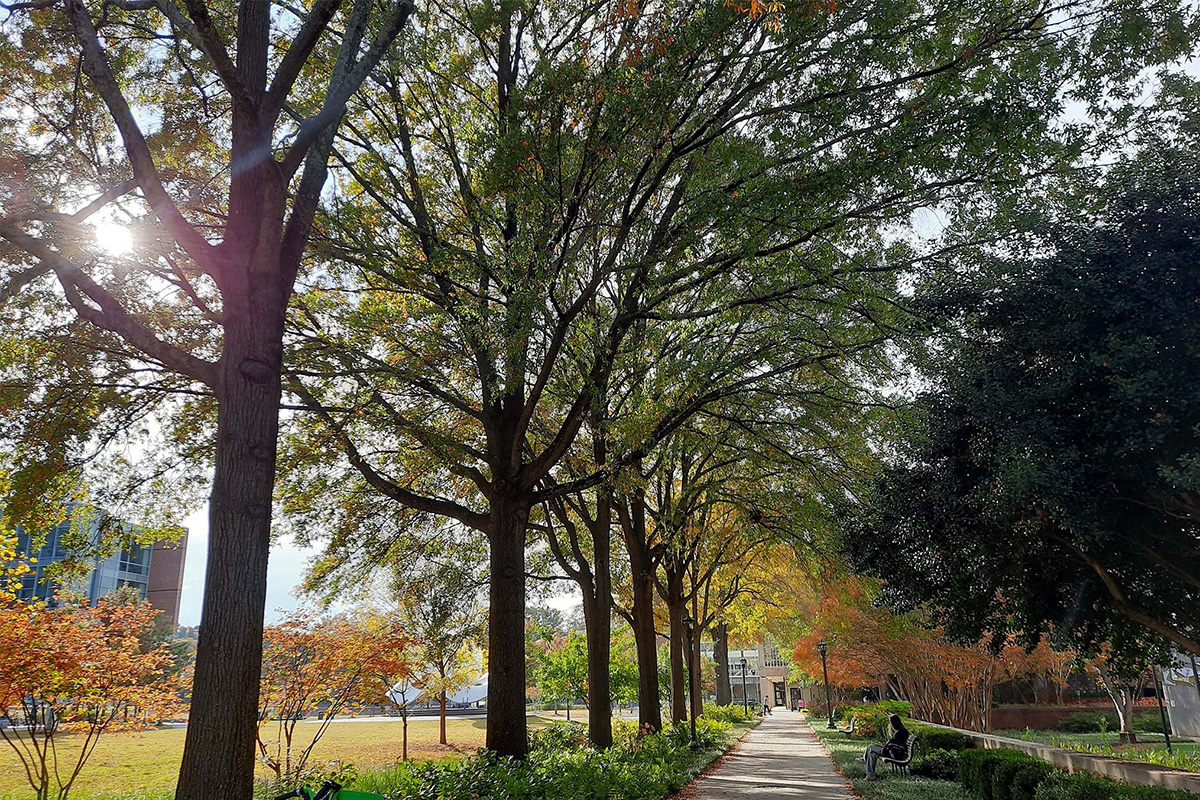
Urban forests, which encompass trees, shrubs, and other vegetation within cities, offer many benefits that can help mitigate the urban heat island effect. Through evapotranspiration, trees release water vapor, creating a natural cooling effect on the surrounding air. Additionally, their canopies provide much-needed shade, reducing the amount of direct sunlight absorbed by buildings, roads, and other urban surfaces, further lowering ambient temperatures.
However, the benefits of urban forests extend far beyond their cooling capabilities. They act as natural air filters, removing harmful pollutants such as particulate matter, nitrogen oxides, and ozone from the air. These pollutants can exacerbate respiratory problems and contribute to the formation of smog, making their removal particularly crucial during heat waves when air quality is often compromised.
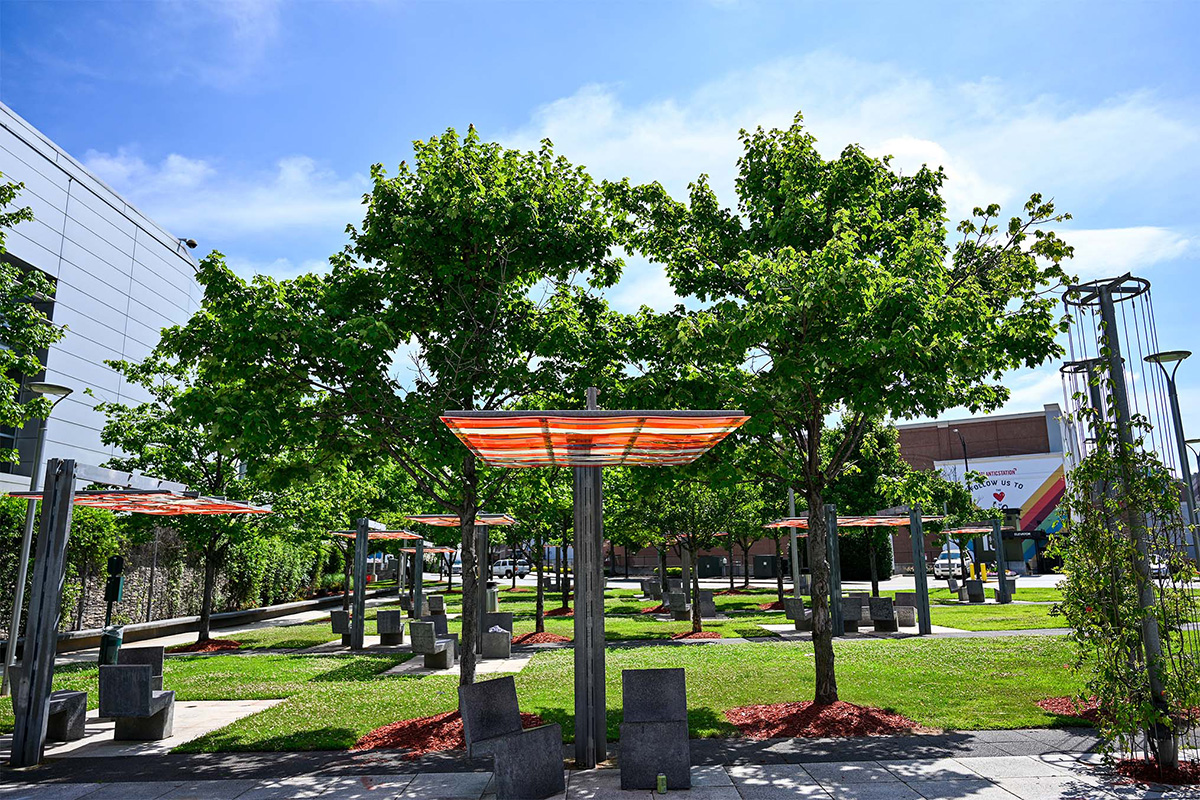
The presence of urban forests has been linked to numerous psychological and physiological benefits. Studies have shown that access to green spaces can lower stress levels and even promote better cardiovascular health–all factors that can enhance overall well-being and resilience during periods of extreme heat. According to Dr. Kathleen Wolf, increased investment in urban forests and other natural green spaces could result in billions of dollars saved in avoided healthcare costs.
A Sustainable Path Forward
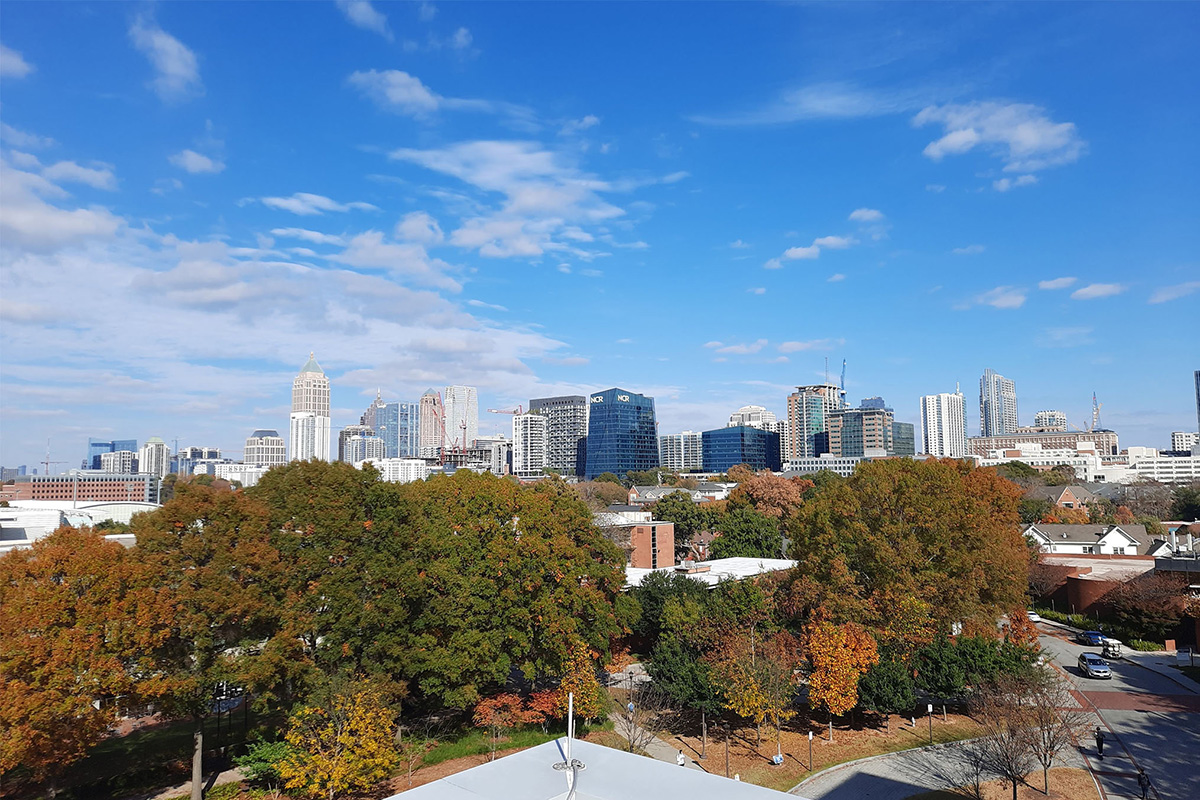
Recognizing the vital role that urban forests play in creating cooler, healthier, and more livable cities, the Sustainable Forestry Initiative (SFI) has taken a proactive step in creating the SFI Urban and Community Forest Sustainability Standard, a roadmap for organizations to create, track, and improve their urban forests across the United States. This forward-thinking standard complements the U.S. Department of Agriculture Forest Service’s historic more than $1 billion investment in urban forestry projects nationwide, of which SFI is a recipient.
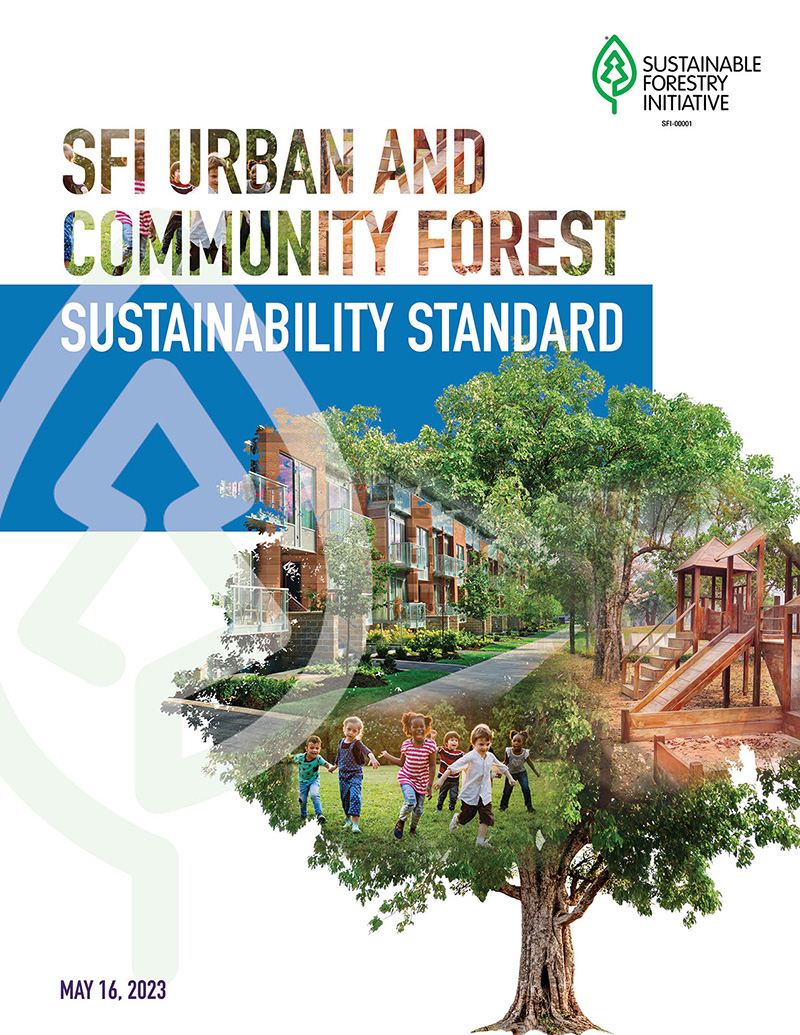
With 16 objectives, clear guiding principles, and measurable indicators, the SFI Urban and Community Forest Sustainability Standard provides a framework for sustainable urban forest management. The framework emphasizes strategic planning, tree selection and diversity, tree health and maintenance, community engagement and education, and regular monitoring and reporting.
By leveraging the standard, cities, organizations, and communities can ensure that their urban forests are sustainably managed in a way that maximizes their potential to combat heat and promote human health. Organizations can even pursue thematic certification for Community Well-being and Human Health, demonstrating their commitment to using urban forests as a nature-based solution for mitigating the impacts of extreme heat and improving the overall well-being of their residents.
As the world continues to grapple with the challenges posed by extreme heat and the urban heat island effect, it is crucial to recognize the vital role that urban forests play in creating cooler, healthier, and more livable urban environments. By embracing the principles outlined in the SFI Urban and Community Forestry Sustainability Standard, cities, organizations, and communities can harness the power of nature to protect their residents and foster a more sustainable and resilient future.
Learn more about the standard at forests.org/sfi-urban-forestry-standard.